Body Lice
 Simone
|
Simone
|
 23 Jul 2025
23 Jul 2025
What Are Body Lice and How They Different from Other Lice
Body lice are tiny blood-feeding insects that don’t live on your skin—they live in your clothes. That’s what makes them different from head lice and pubic lice, which stay on the body. Body lice crawl out of your clothing seams just to feed, then hide again in fabric folds.
They mostly show up in people who can’t bathe or change clothes often. Overcrowded places—like shelters, prisons, refugee camps—can make things worse. In those conditions, lice spread quick.
Unlike bed bugs that hide in furniture, the body lice vs bed bugs difference is where they live. Bed bugs live in beds and crevices. Body lice stay in clothes and come out for blood.
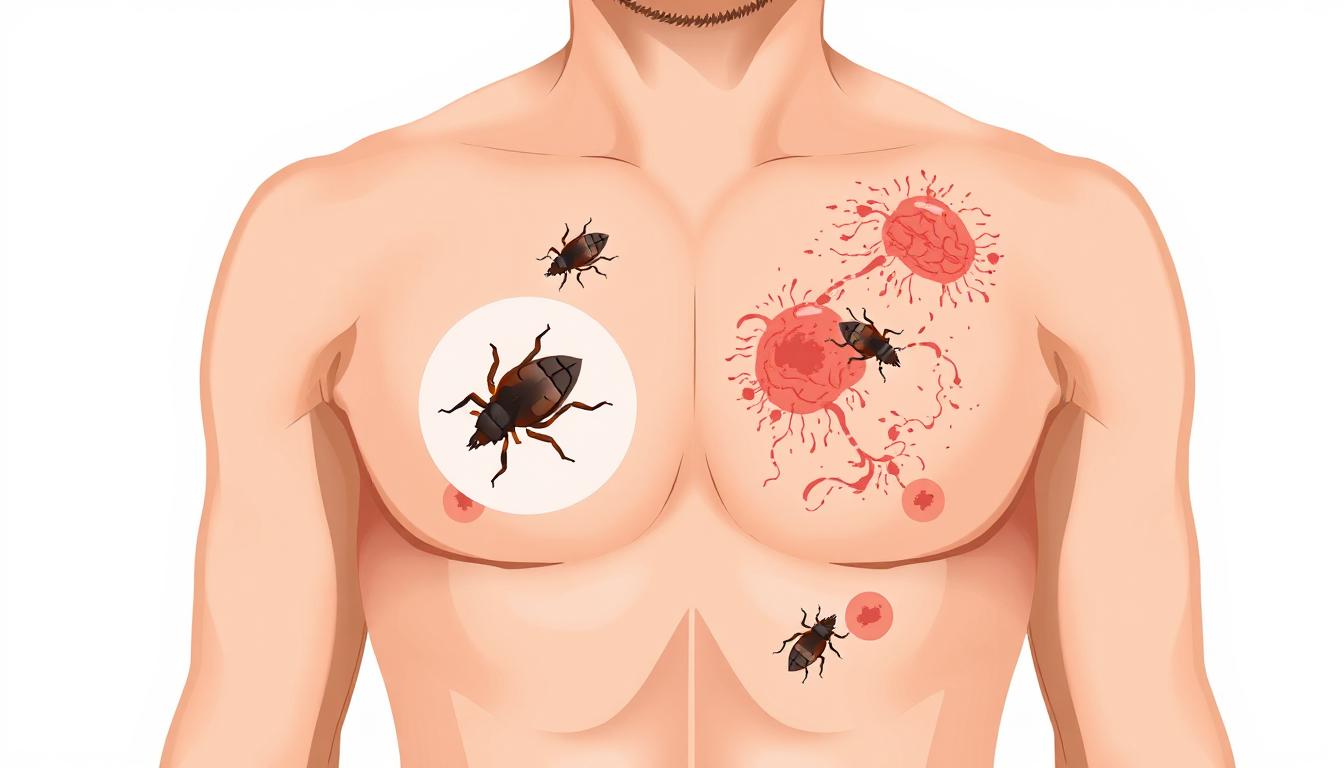 How People Usually Get Body Lice
How People Usually Get Body Lice
They spread through close contact. Wearing someone else’s jacket, sharing towels or sleeping in the same bedding is enough to pick them up. They don’t jump or fly, but they crawl fast.
You’re most likely to get them in places with poor hygiene, crowded sleeping areas, or during disasters where people go days without bathing or washing clothes. Once they get in your clothes, they lay eggs—body lice eggs on clothes can stick deep into seams and keep the problem going.
Signs and Symptoms to Look Out For
The first thing you feel is itching. Usually around the waist, thighs, or underarms—places where clothes fit tight. You might spot small red marks—body lice bites—they can look like rash dots or bug stings.
Scratching too much can break the skin and lead to infections. Over time, the skin might get rough, discolored, or even thick. That’s called vagabond’s skin, and it’s more common in long-term infestations.
A body lice rash is sometimes confused with other skin issues. Some folks even mistake it for scabies body lice bites, but scabies comes from mites under the skin. Body lice stay on the outside. You can check body lice pictures online to see how the bites usually look, but they’re often scattered and come with red or irritated patches.
Why Body Lice Can Lead to Bigger Problems
They don’t just cause itching. Body lice can carry diseases like trench fever, relapsing fever, and epidemic typhus. These infections spread fast and can be dangerous in crowded places. That’s why body lice outbreaks are taken seriously, especially in areas with little access to medical care.
On top of that, constant scratching can lead to open sores, which let in bacteria. If those get infected, it can turn into something worse—painful skin infections, fevers, and more.
How to Treat and Get Rid of Body Lice
Step one in how to get rid of body lice: clean your clothes. That’s the real solution. Wash everything—clothes, towels, sheets—in hot water, at least 130°F. Then dry on high heat. Heat kills both lice and their eggs.
If something can’t be washed, seal it in a bag for 2 weeks. That’s long enough to kill any lice inside.
Unlike head lice, you usually don’t need special shampoo. But in heavy cases, a doctor might give you permethrin cream or pills to stop the itching and kill any lice left on your skin.
If you think there are mattress body lice, vacuum the bed and steam clean it. They don’t live deep in beds like bed bugs, but they can hang around seams and fabric folds.
 Preventing Them from Coming Back
Preventing Them from Coming Back
Keep your clothes clean. Change daily if you can. Wash and dry often. Avoid sharing clothes, especially if someone has symptoms.
If you work or volunteer in high-risk areas, shower after contact, wear protective clothing, and don’t bring dirty clothes into your home.
If lice keep coming back, it means something wasn’t cleaned properly. Even one missed item—like a jacket—can restart the whole cycle.
Sanford Pharmacy offers laundry-safe disinfectants, relief sprays, and creams for irritated skin—all trusted by care workers and families alike.
When to Get Medical Help
If your skin won’t stop itching, if the bites are getting worse, or there’s pus, swelling, or fever, it’s time to see a doctor.
If someone around you has lice—or you think you do—it’s better to act early than wait. A doctor can confirm it, check for infections, and give you something stronger if needed.
Lice bites on body that stay red or turn into open sores can lead to serious infections if they’re ignored. And if someone in your household is struggling with body lice, everyone should be checked and clothing washed.
Body lice vs head lice treatment is different. Head lice need shampoos. Body lice need laundry and hygiene. Knowing the difference helps you treat the right way.
At Sanford Pharmacy, we carry safe, effective products to help clean up fast and get you back to normal—no stress, no guessing. Keep your clothes clean, your skin protected, and you’ll stay ahead of the problem.
Categories

What Is Sucralfate Used For?
 Abdullah
Abdullah
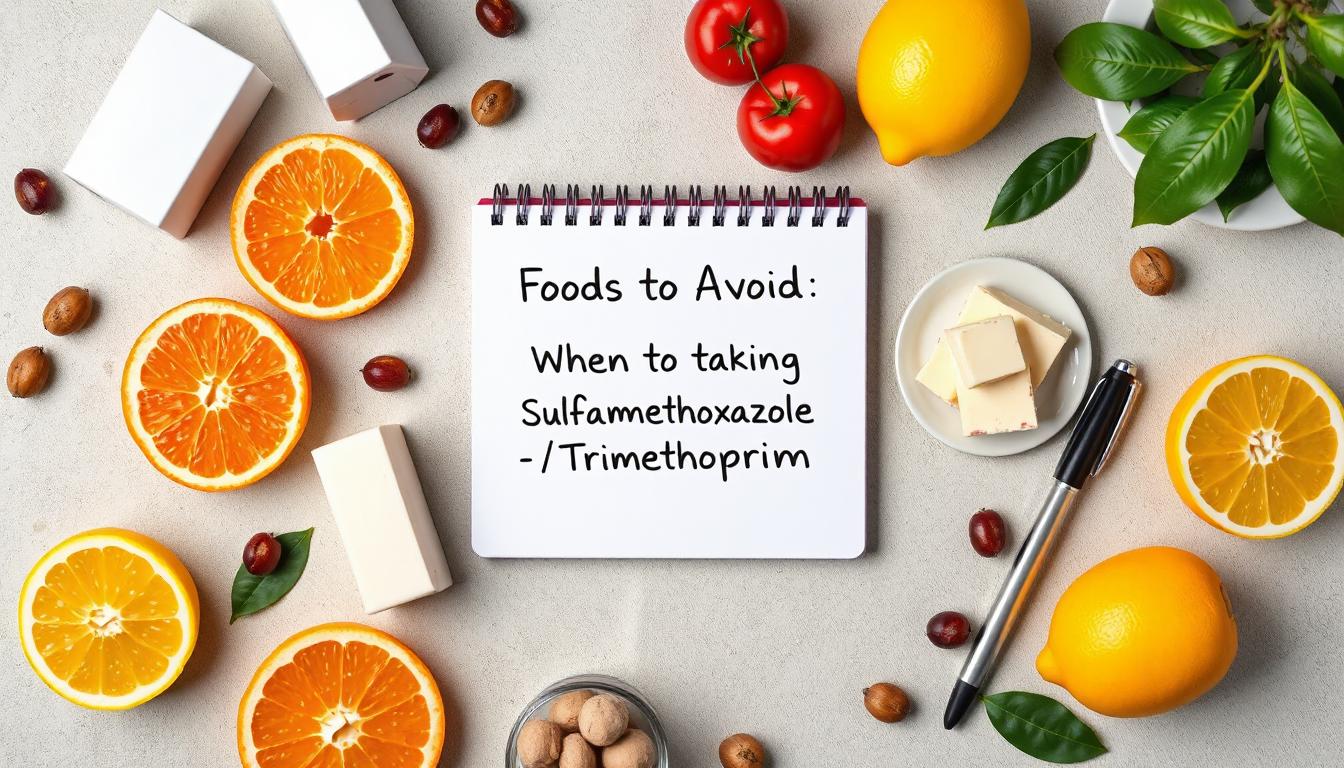
Foods to Avoid When Taking Sulfamethoxazole / Trimethoprim
 Ibrahim
Ibrahim

What Is Rifaximin Used For?
 Aden
Aden
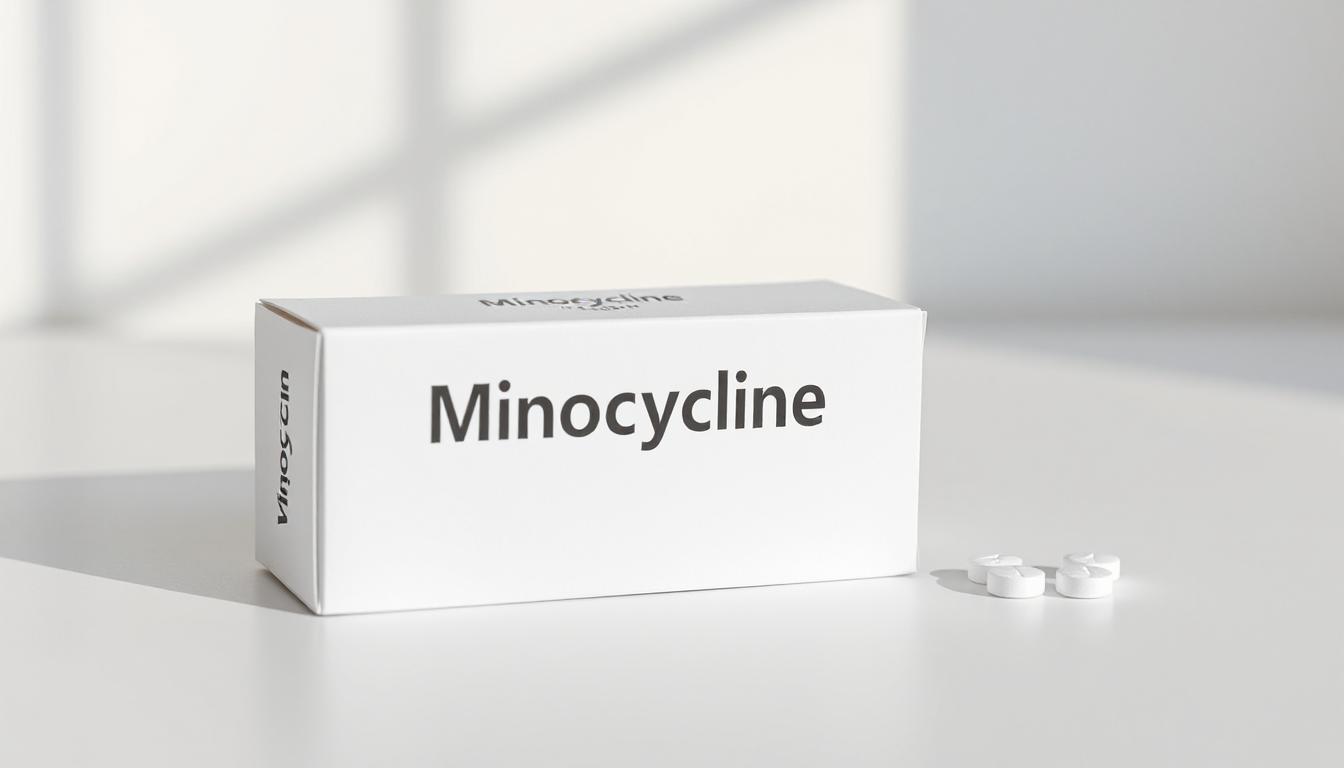
What is Minocycline?
 Tina
Tina
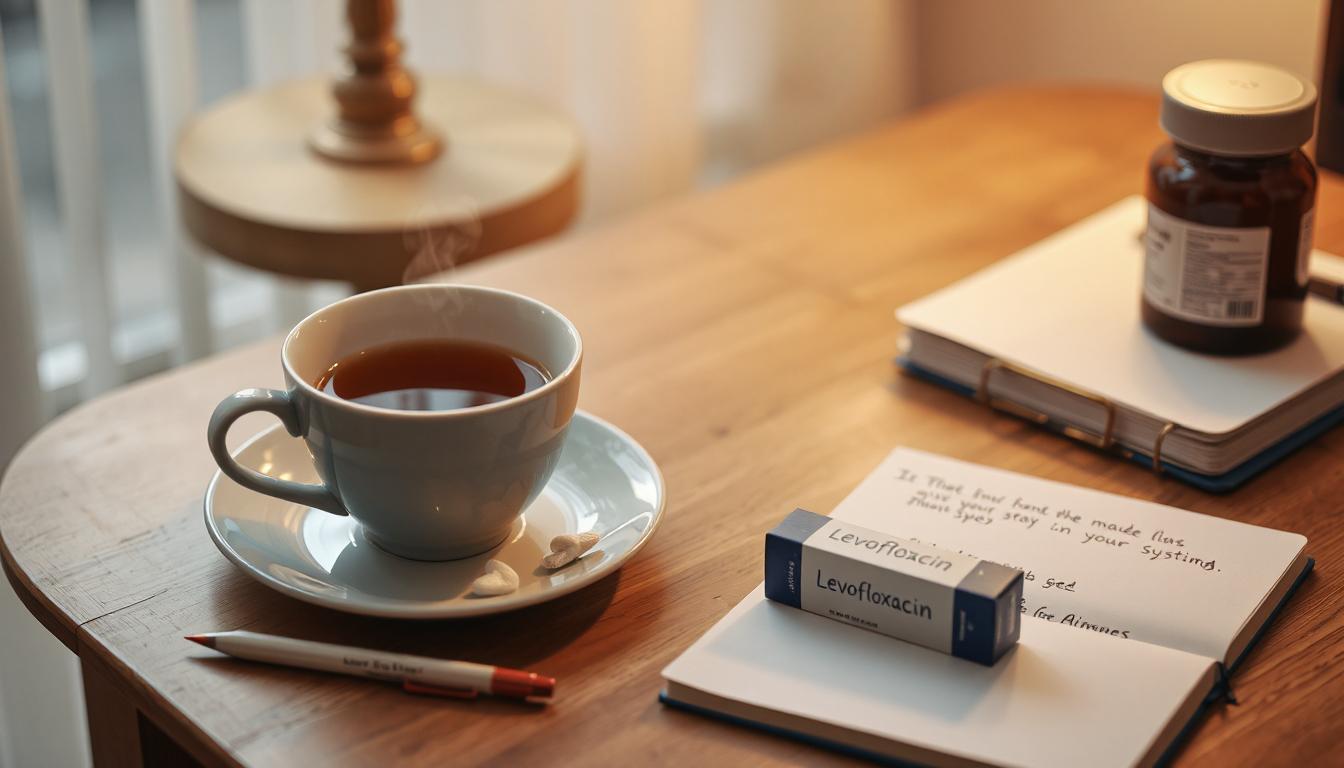
How Long Does Levofloxacin Stay in Your System
 Annette
Annette









.webp)
.webp)
-(2).webp)
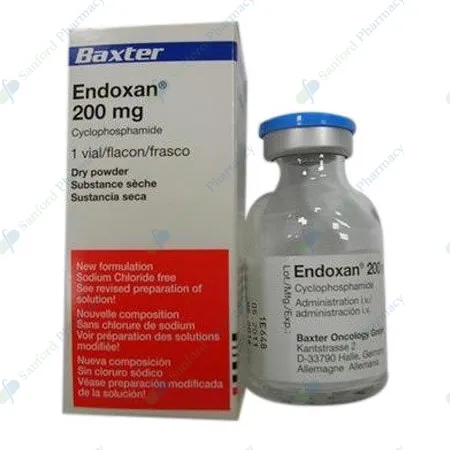
.webp)